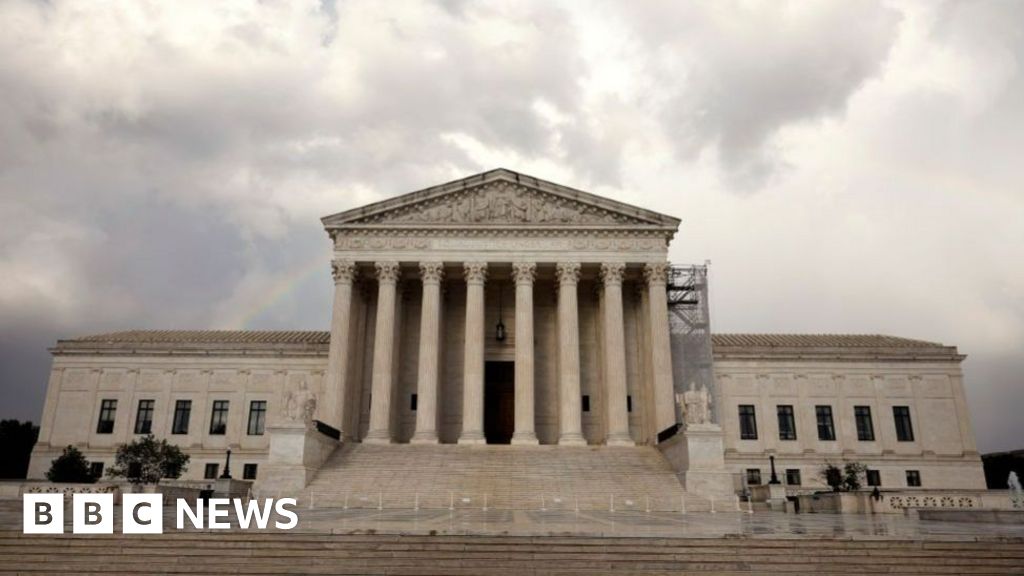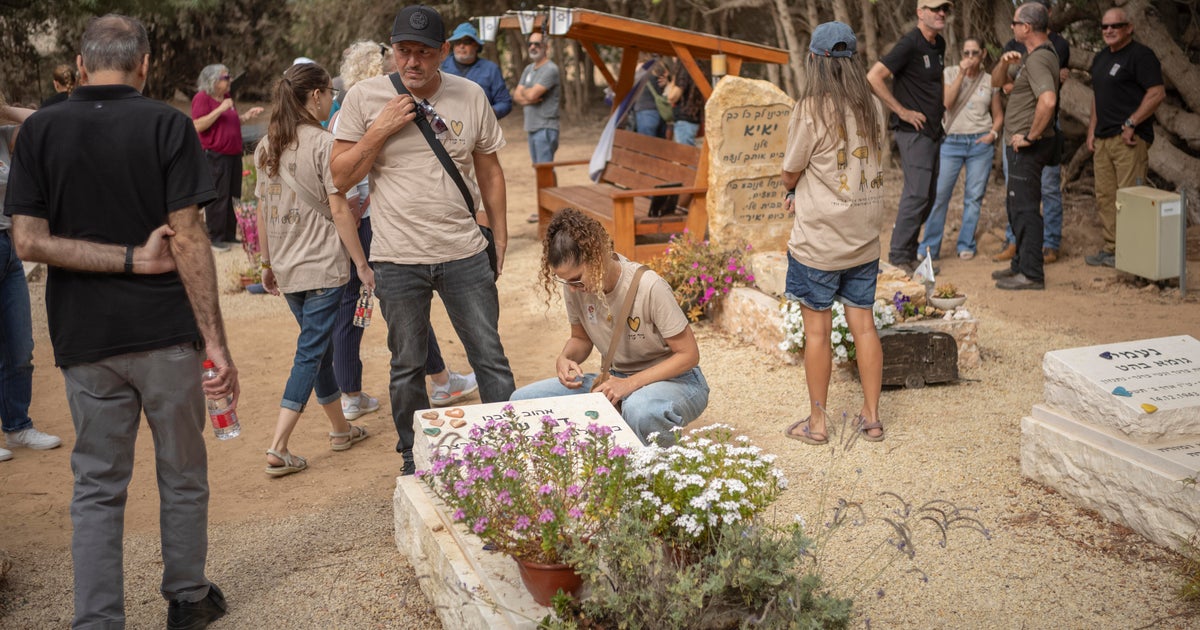“Overnight, home owners woke up and their land value had doubled, and they didn’t have to do a thing about it. And in most cases, it’s the owner’s principal place of residence, so that money is tax-free,” 1st City Real Estate’s managing director Brad Caldwell-Eyles said.
Blue-chip suburbs such as Mosman and Rose Bay are now drawing the most attention from agents, he said.
A slew of recent deals have served to whet the appetites of home owners. In September alone, a strata block of 12 townhouses in Double Bay sold for about $60 million, and four houses nearby sold for more than $45 million.
Mosman’s new zoning permissions have prompted a slew of mega-lot sales, including a block of 12 apartments for $32.2 million to billionaire AirTrunk founder Robin Khuda.
Meanwhile, a Rose Bay site made up of 12 houses offered for $165 million is in negotiations amid expectations it will be Sydney’s most expensive mega-lot, and last week the inner west set its own high when a waterfront complex of 31 apartments in Drummoyne sold for almost $130 million.

A complex of 31 apartments on the Drummoyne waterfront has sold in one job lot for almost $130 million.Credit: Stanton Hillier Parker
“But not all that glitters is gold,” Colliers’ director of development site sales Paul Ephron warned.
As more sites come to market thanks to the state’s housing initiatives, their value diminishes.
“We have more sites coming through now than at any other time,” Ephron said.
“Two years ago, if you had a site on the market in the eastern suburbs, you would have 100 inquiries on it. Now it’d be 30 inquiries.”
The Agency’s site acquisition specialist Greg Golfin said that, where developers were paying $13,000 to $15,000, they’re now paying $10,000 per square metre in certain suburbs.
Then there’s the delayed settlement, most commonly starting at 18 months, but often extending to two or three years.
“Home owners need to make sure that what is a good price in 2025 is still a good price when the deal settles a few years later,” Golfin said.
“And as the supply of sites increases, the value of these sites will drop in price. So if home owners are holding out for a big price, they’ll be waiting a long time.”
What went wrong
When Maxwell and her neighbours signed on for the Castle Hill mega-deal in 2015, they did so knowing it might be up to two years before their contractual agreement officially exchanged, and late 2017 before they settled on the full amount.
But that delay seemed worth it, given the promised windfall.
“For our $3,434,000, we could have bought four houses nearby,” Maxwell said.
Spearheading the deal was Marco Novati, of Novati Constructions, on behalf of a trust, Castle 7 Pty Ltd. The 18-month so-called “put-and-call option” could be extended by up to six months if there were problems with the approvals process.
But according to retired lawyer Lex Brown, who acted for most of the members of the Vivien Place syndicate, an agreement to safeguard the interests of the home owners in case things didn’t go to plan was not included in the contract, despite being recommended at the time.
“They all thought they would stick together in all circumstances,” Brown said. “And when things did go wrong, they could have stuck together to take action to have it resolved, but by that point, they weren’t united.”
Even before the Hills Shire Council knocked back the first proposal for two towers of 13 and 17 levels in 2017, some residents had broken ranks. George and Coral Parry, both of whom have since died, negotiated an early settlement on their property in mid-2017 for a discounted price of $3.1 million. They were followed by two neighbours six months later for $3.64 million and $3.79 million.
Once news of the secret sales spread, the group fractured, Maxwell said. “From then on, it became every man for himself.”
Negotiations between Novati and the remaining syndicate members faltered throughout 2018, and by the start of the following year he sold his option on the properties to investor and fund manager Moni Xinye An.
Novati partly blames council for the fact the project stalled for so long.
“These deals are done through put-and-call options, and a put-and-call option is a promise into the future, and in that future we rely on the council approving it. And if it doesn’t get approved, we’re all stuffed,” he said. “Now the [Vivien Place residents] can scream and shout all they like, but the reality is they haven’t lost the title to their house.”
Novati also blames stricter lending rules following the banking royal commission under which developers need to secure a greater number of presales before they can begin construction.
“And at the time Vivien Place took shape, the presales market died overnight,” he said.
Not helping matters is that Castle Hill’s apartment prices have not fared as well as houses, making the returns on any development that much narrower.
Domain data shows that, while the median house price almost doubled in the decade since 2015, the median apartment price rose just 17 per cent, with much of that gain in the past five years.
Of the remaining home owners awaiting the proceeds of their sale, most did not respond to the Herald’s calls or said they didn’t want to comment for fear of jeopardising any deal. One home owner declined to talk, given the mental stress of rehashing it all.
In 2020, most residents came together to force the trust, Castle 7, to complete the deal, but this failed when one home owner signed an agreement deferring settlement. Among the other approaches made to Maxwell has been a request for partial settlement, and even a house swap for a different house in Castle Hill.
At that time, An put forward a development proposal for the site through the Sydney Central City Planning Panel, again for two towers of 13 and 17 levels, but it too failed.
As recently as August, home owners were approached with a new offer to settle on the sale at a 10 per cent reduction in the overall price and to waive the penalty interest owed. Accompanying An to see Maxwell was Ian Jiang, a senior executive from development giant Super Ocean Group.
Through it all, Maxwell has said no. She wants to be paid what was promised in 2015. She needs the money to help cover the costs of caring for her husband, John, who suffered a series of strokes in 2022 and was then diagnosed with dementia.

Jennifer Maxwell is not optimistic about getting a result.Credit: Flavio Brancaleone
When John stopped being able to walk in 2023, Maxwell was forced to put him in a nursing home.
An declined to comment, but a source close to her said her costs on the project had already been significant beyond the deposits paid for the initial option and exchange in 2017. Interest paid to home owners has totalled about $1 million.

An artist’s impression by DKO Architecture of the development proposed for Vivien Place, Castle Hill.Credit: NSW Planning
Through it all, appeals for help to Hills Shire Council have come to nothing.
“I sympathise with landowners who have seemingly been promised an outcome by parties other than council which has not been delivered,” Hills Shire Mayor Dr Michelle Byrne said. “While these sites have been rezoned to allow for increased density uplift, the developer’s proposals for further uplift beyond this have been knocked back on two occasions.
“This is a cautionary tale for landowners to be sceptical when being promised a development outcome that is not consistent with the relevant planning controls, and to be extremely wary of entering into commercial agreements that take away your ability to sell your property.”
Byrne’s sympathy rankles Maxwell given that the mayor voted against approving the development when it first went before council.
If the plans for the Vivien Place towers sounded ambitious, it might have made sense, given the success of the development next door.
That council-owned green space at the end of the street was rezoned to allow a maximum density more than double that sought next door – and then sold for a record $140 million to fugitive developer Jean Nassif’s Toplace.
The five high-rise buildings on the site – known as Skyview - have been a source of controversy since.

Jean Nassif is in a self-imposed exile in Lebanon.Credit: Facebook
A financial crime investigation alleges that Nassif and his daughter, Ashlyn, recycled presales contracts from one residential building to another to meet the conditions of a $150 million bank loan for the Skyview complex. The following year, Nassif fled to Lebanon as his property empire collapsed, leaving behind debts of more than $2 billion.
More pertinently for Maxwell and her neighbours, extensive cracking in the foundations of some of the Skyview towers is subject to rectification works that fill their streets with the deafening sound of jackhammers.
Castle 7 Pty Ltd’s fortunes have also taken a hit. When DKO Architecture was not paid for its design of the Vivien Place project, the firm pursued its $120,000 debt through the Victorian Supreme Court, which resulted in wind-up orders on Castle 7 last year.
Since then, Castle 7’s only secured creditor, a non-bank lender and mortgagee over the properties, has run out of patience, appointing insolvency firm Bri Ferrier as mortgagee-in-possession to recoup the almost $5 million mortgage.
The three houses are being prepared to be sold by the end of the year.
Meanwhile, caveats in the name of Castle 7 Pty Ltd remain on the title of the remaining eight houses.
Recent assurances by An that she is about to settle on the properties have buoyed the hopes of some members of the syndicate. Maxwell is not so optimistic.


















































